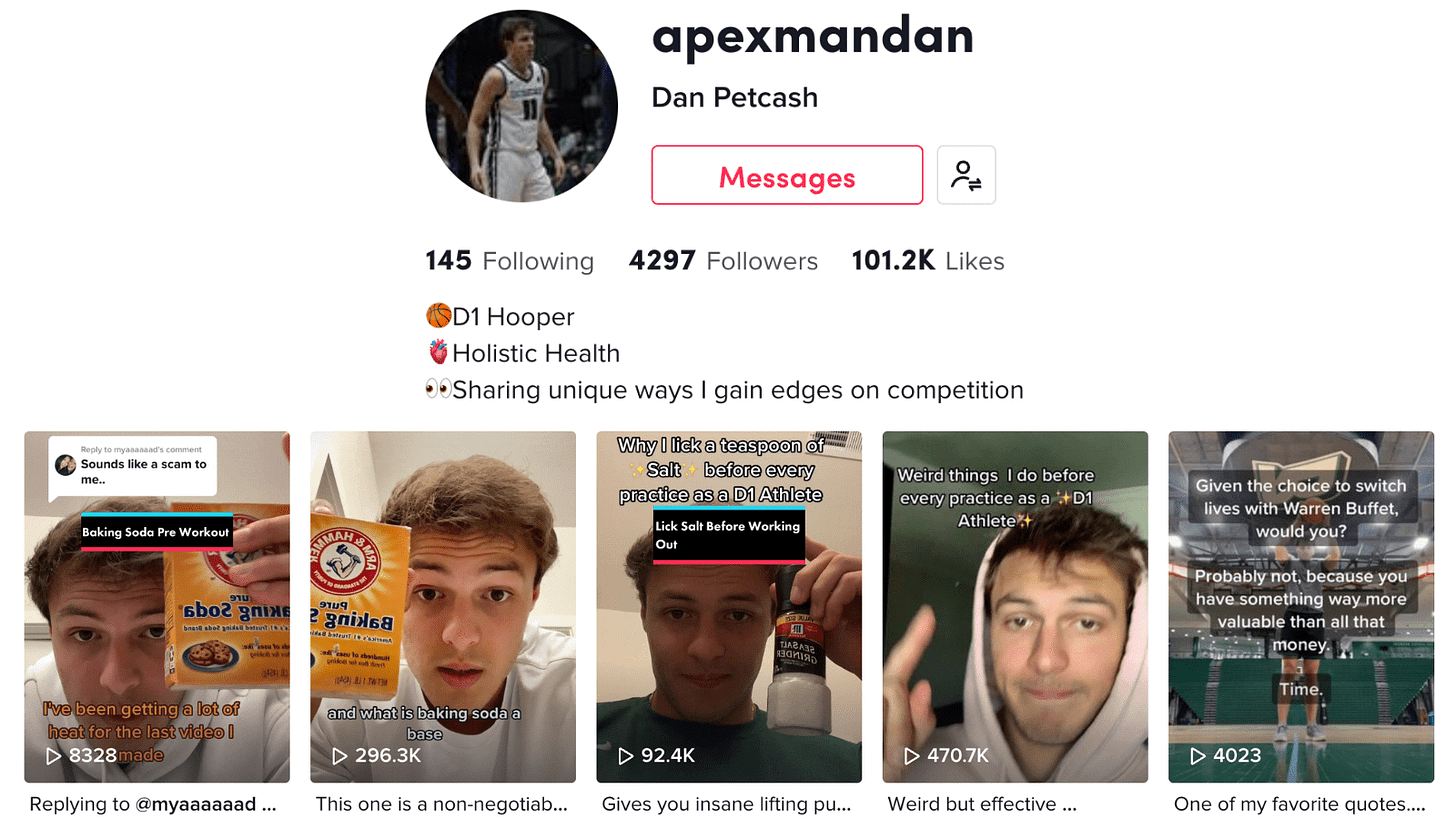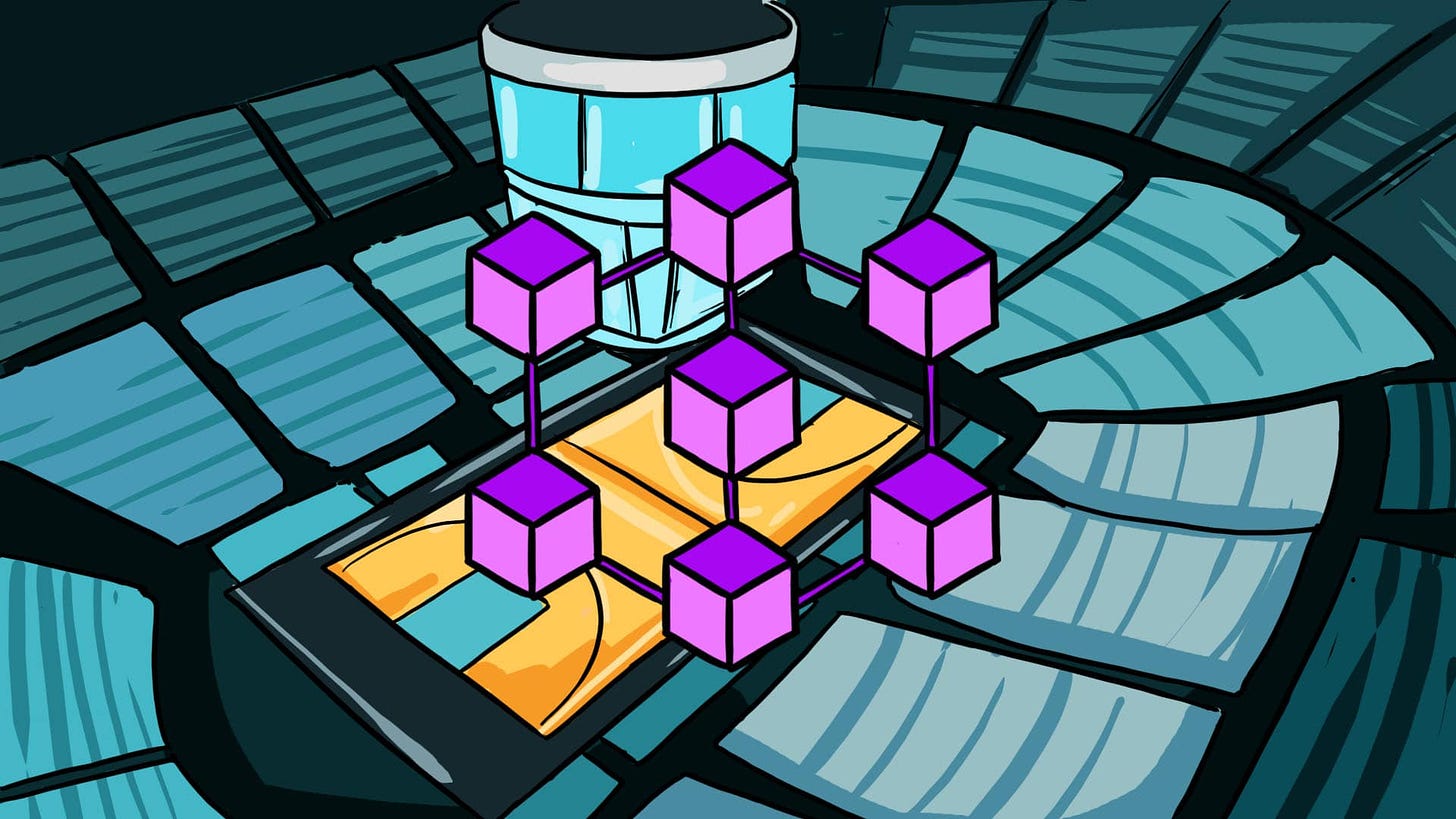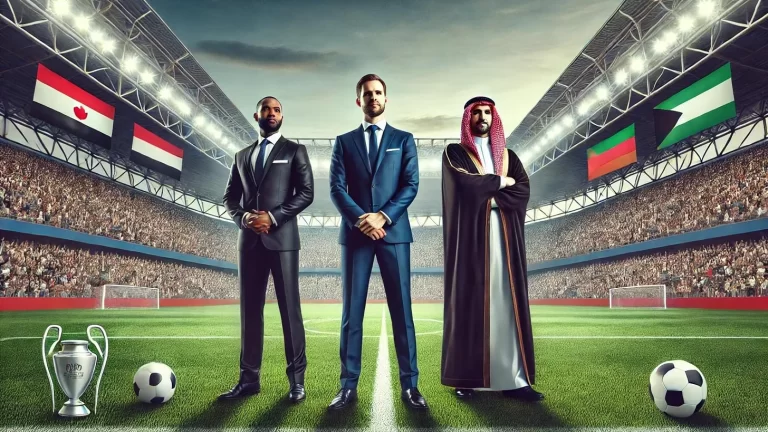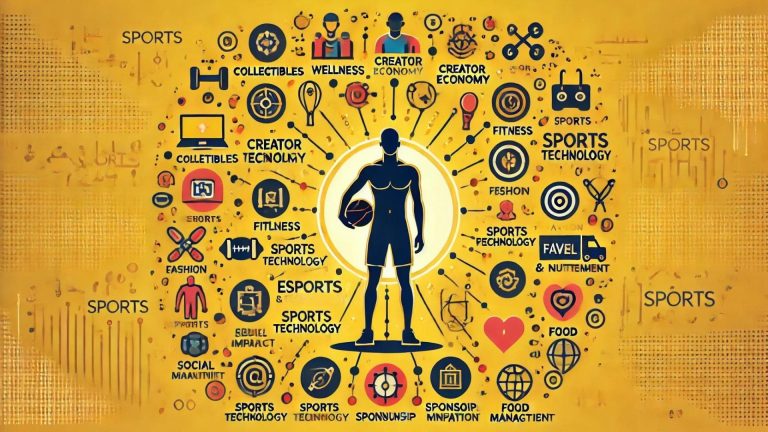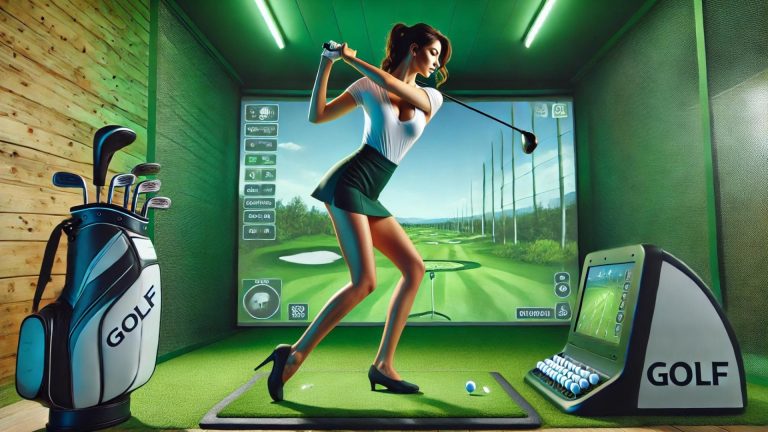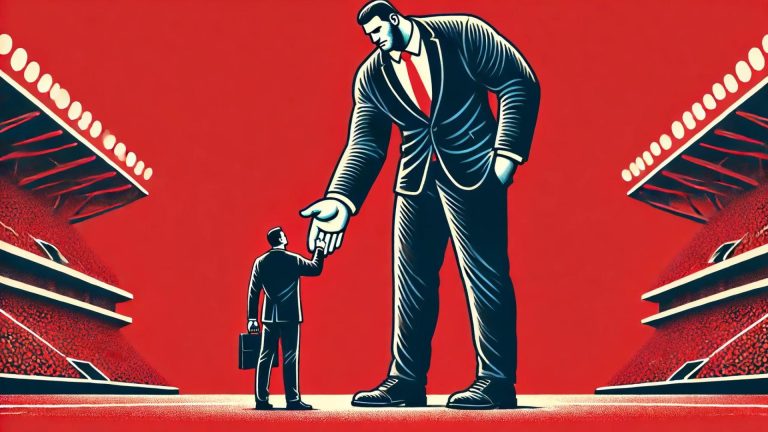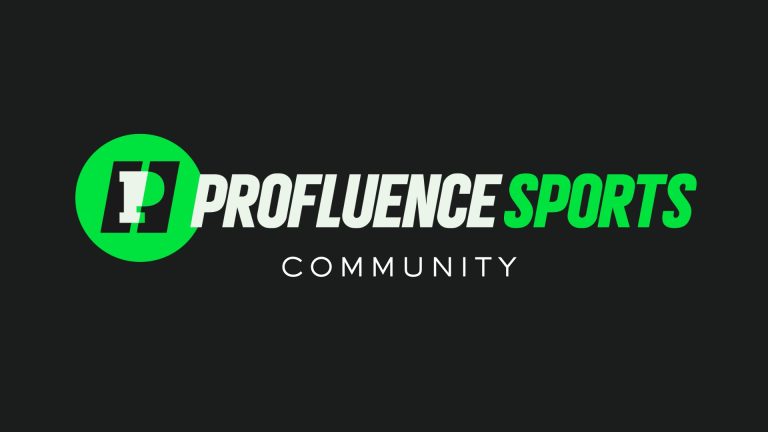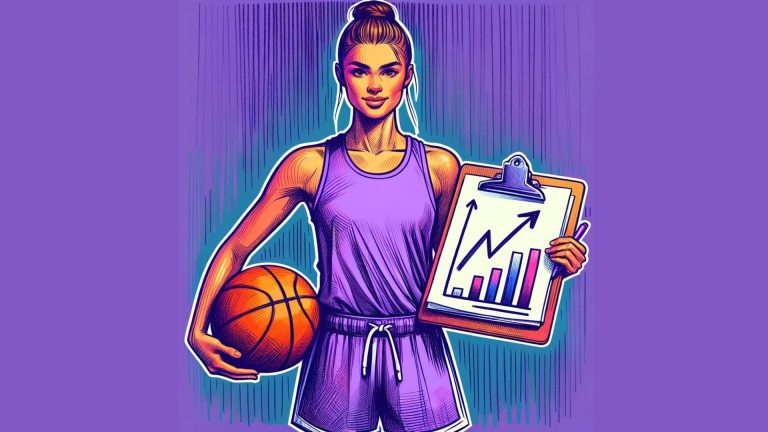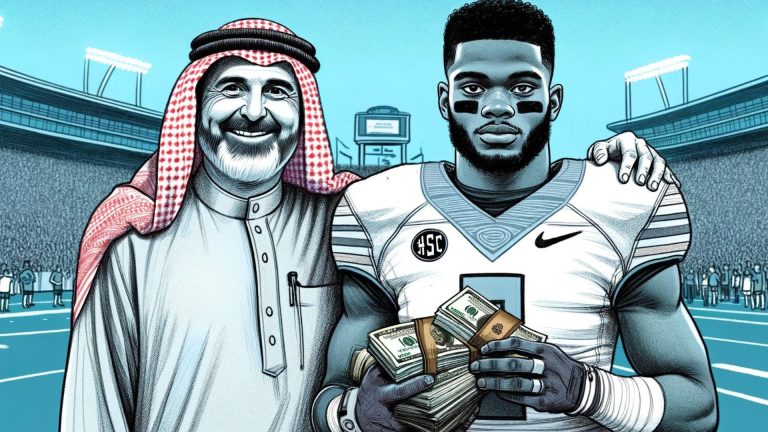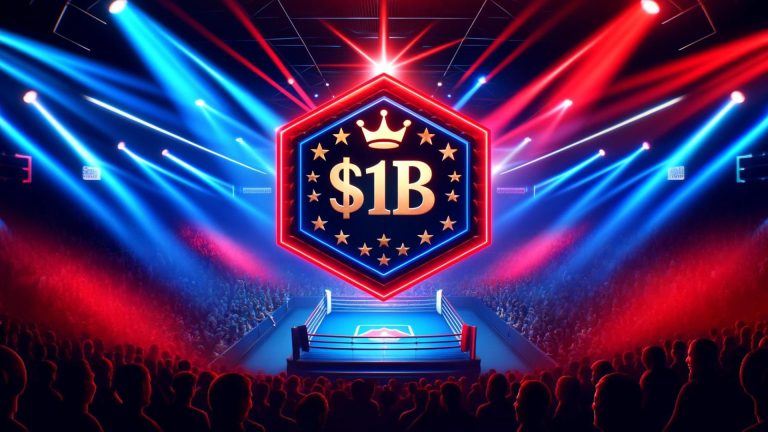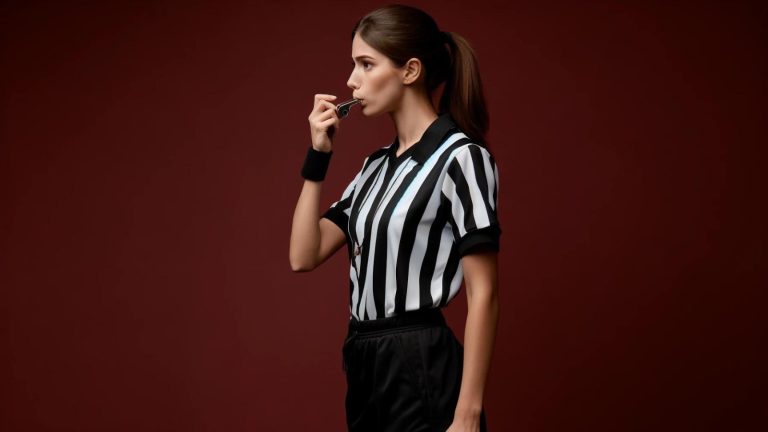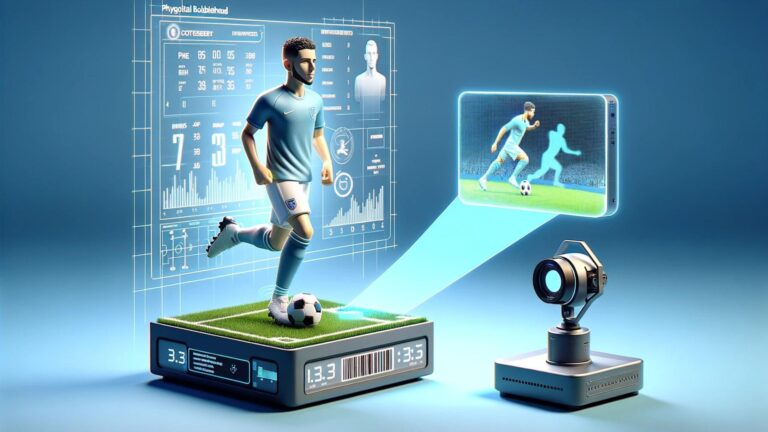I’ve been on all sides of the table when it comes to name, image, and likeness (NIL):
- signed deals myself
- helped companies do deals
- helped athletes sign deals
- talked with all the key parties
My aim for this article is to provide everything you need to know about NIL (for brands, athletes, parents, athletic departments, alums, lawyers, agents, fans, and more).
I’ve taken too many calls, read too many emails, and answered too many questions — from now on, I plan on just sending this link.
Name, Image, and Likeness (NIL)
NIL isn’t a new concept — only to high school & college sports.
It’s been around since the early 1900s but has recently become a buzzword thanks to college athletes being able to get paid.
NIL falls under the legal concept of “rights of publicity”.
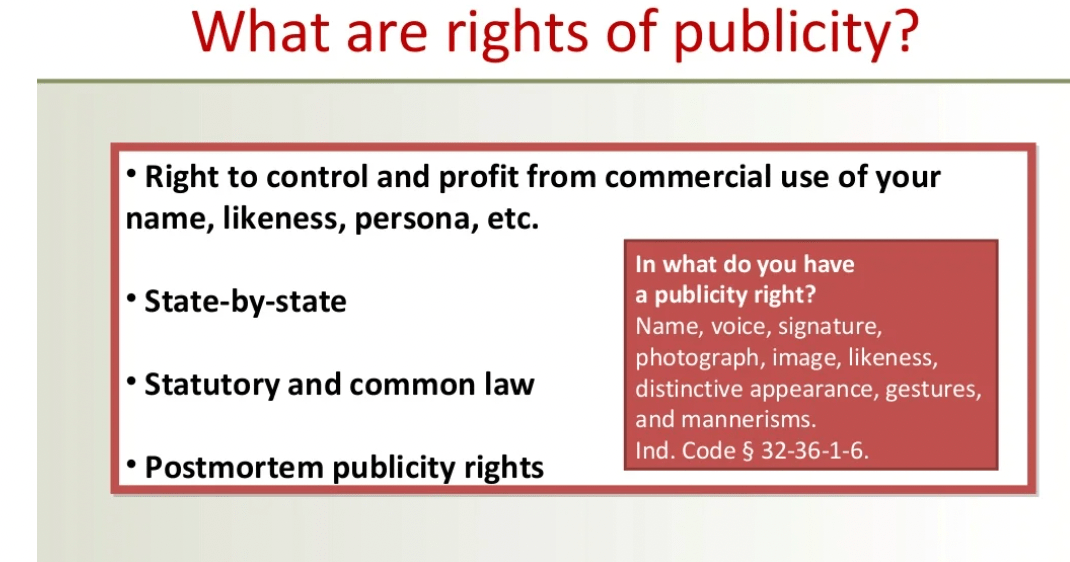
Rights of publicity involve situations where permission is required of a person to use their name, image, or likeness (essentially your personal brand value).
NIL for amateur sports was predicted to be a $500M market in year one — but blew away expectations hitting the $900M mark.
$1B will certainly be surpassed in year two.
How Athletes Succeed in NIL
The formula is pretty simple when broken down:
- Be a talented athlete
- Build a following on social media
- Engage followers and turn them into fans
- Sign sponsorship deals/promoted posts
- Build deals into your existing storylines
- Hire a team around you (agent, lawyer, marketer, video editor, etc)
- Go do bigger deals
- Repeat
The top athlete creators ask themselves two questions:
1. What am I posting about?
2. What does my ideal follower look like?
- Age
- Gender
- Interests
- Hobbies
Niche, niche, niche.
If you try to make content for everybody, you’ll make content for nobody.
As an athlete, you have built-in niches to focus on.
Whether it’s recruiting, relatable skits, behind-the-scenes content, academics, or even a personal hobby. Pick something and roll with it.
My brother does a great job around health/nutrition on TikTok. He finally started posting a month ago and has already landed 4-figure NIL deals.
As your audience grows you can begin to widen your niche.
The same can be said for brands.
What brands should ask themselves:
1. Does this athlete align with our vision?
2. Does the athlete’s audience match up with our ideal customer?
The answer should be “yes” for both — especially if you want to maximize ROI.
NIL Brand Strategies
There are basically two strategies brands choose between.
1. Mile deep, inch wide
This is usually for brands with mega-budgets that want buzzworthy players (or athletes with millions of social media followers).
These can be quite expensive and carry a big risk if you’re on a tight budget.
It makes picking the right athlete of utmost importance (not always easy). And also usually involves agents, lawyers, etc.
Companies like Dr. Pepper, Walmart, and American Eagle come to mind here.
2. Inch deep, mile wide
This is for companies that want to diversify their marketing approach (or have a small budget).
Instead of spending $50,000 on 1 athlete, they split it up and sign 50 athletes for $1,000 each.
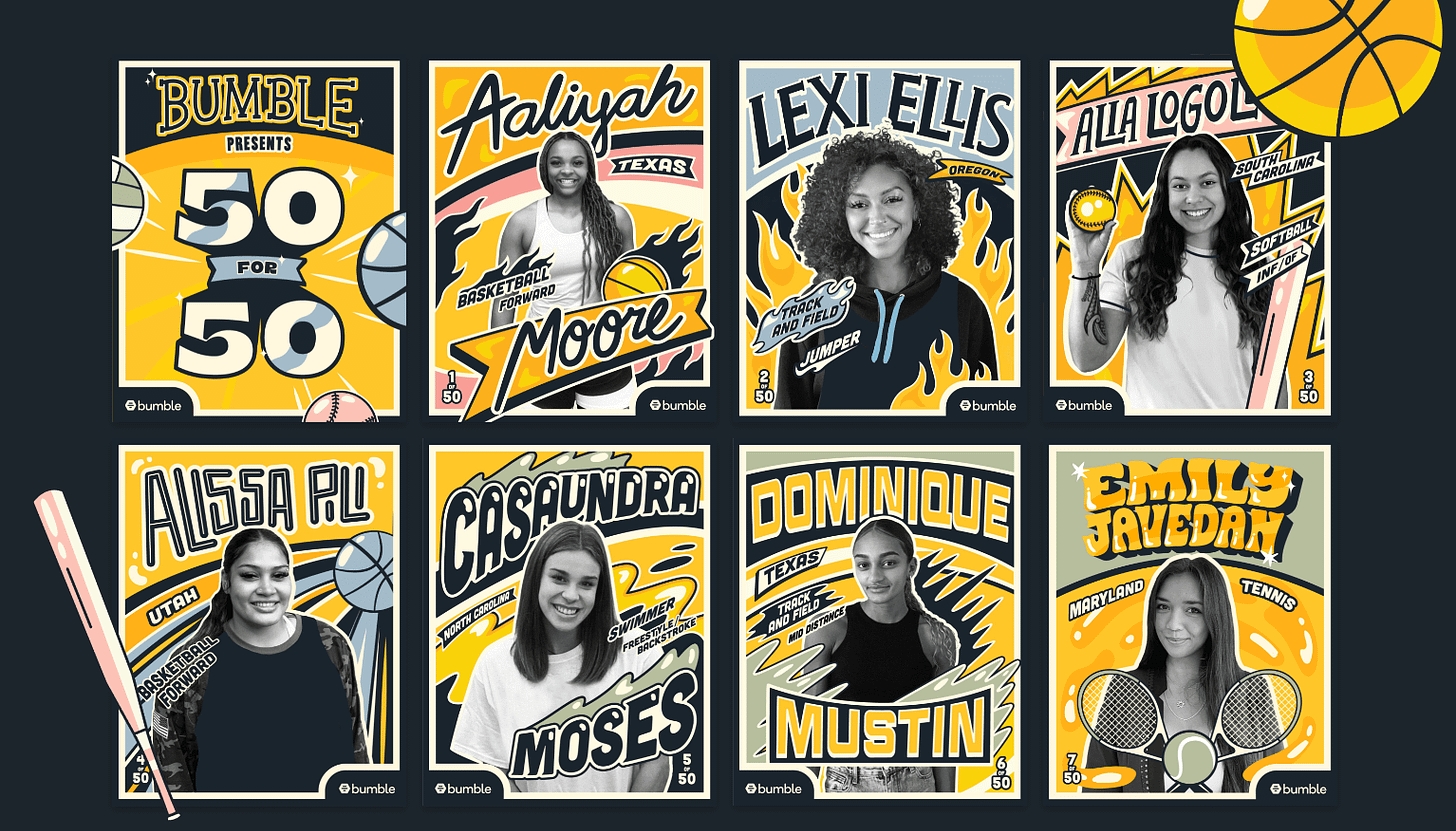
I’m a fan of this strategy for smaller companies and startups — it’s a great way to test out the market (without crushing the budget).
Some Observations
I’ve seen both strategies work great (and both strategies flop).
It’s all about finding the right players, teams, and types of customers to go after.
As a brand, you need to view NIL the same as other influencer marketing campaigns. Just because it seems cool to do — make sure it’s actually worth it.
A big advantage of using college athletes is that many of them will put in effort to make money. This gives you the flexibility to do things beyond just traditional social media posts.
How Athletes Can Make NIL Money
1) Social Media
Develop a plan to grow your accounts IMMEDIATELY, especially TikTok & IG.
You’ll be able to make money from:
• sponsored posts
• affiliate deals
• promoting brands
Without a strong social media presence, all other methods will be diminished. (70% of NIL deals involve social media, according to Sportico)
Also…
Don’t be afraid to send DM’s to brands you would be interested in promoting.
With some discipline and consistency, you can turn your NIL into big dollars.
Just as in most things, the first deal is the hardest to land (then everyone shows up after that).
2) Media Content
Get in front of the camera (or mic) and build up an engaged audience.
Top ideas:
– podcast
– youtube channel
– radio show
– newsletter
UNLV basketball player Jordan McCabe does a great job with his podcast.
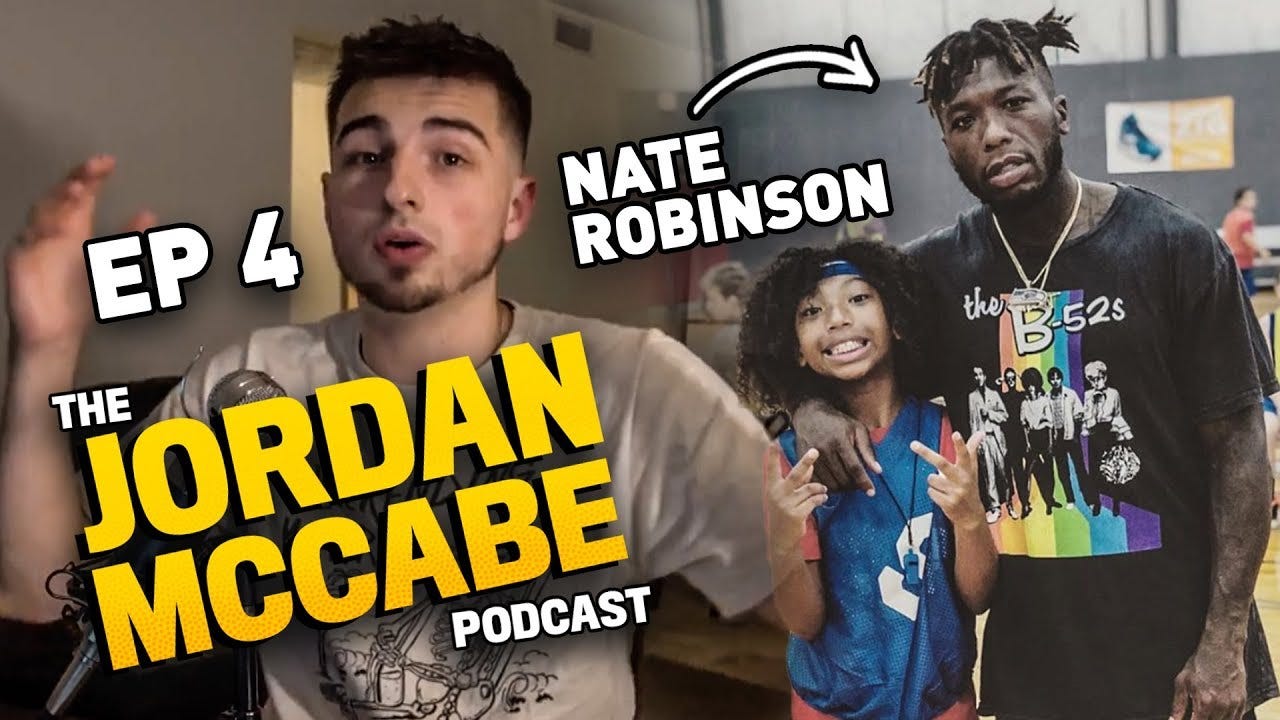
He then redistributes all of the short clips to his other social media platforms. Smart.
3) Website
Set up a website under your name.
This will be your homebase for:
– social media
– products
– links
– contact info
Anytime someone googles your name, the website will pop and they’ll be able to see everything you do.
4) E-Commerce
Set up a Shopify store and/or reach out to companies that can handle everything from design to distribution.
I would sell merchandise along with guides for parents/fans to buy such as:
– How to get recruited
– How to put on muscle
– How to jump higher
It’s about selling your expertise in things you’ve already done. Everyone wants to be an elite athlete, show others how you did it, and sell the knowledge.
5) Subscriptions
Set up through your website or use a creator platform.
Charge $4.99 a month for insider content.
$5 x 1000 subs = $5,000/month
Give away free stuff to join and turn fans into loyal supporters. Recurring revenue is addicting.
6) Run Camps
Parents & youth athletes would eat this up.
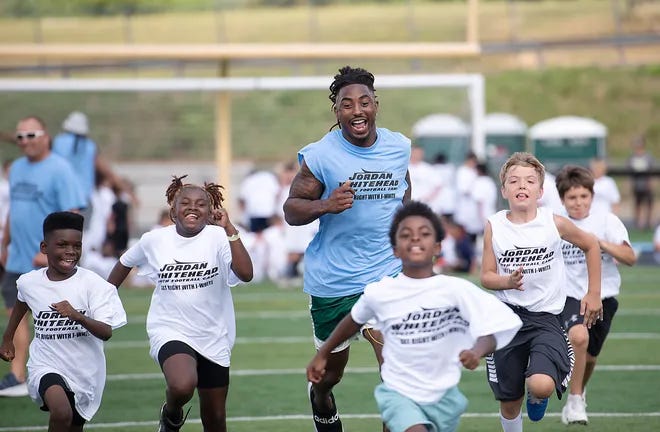
100 kids x $100 for camp = $10k
Concession stand = $2k
Merch = $1k
Recruiting guides = $1k
Expenses = $5k (rent, workers, jerseys).
= $9000 profit for a 1-2 day camp
Have videographers film the event: more social media content, social proof, and the ability to provide it to those who attended.
7) Appearances + Autographs
People love autographs and meeting athletes for some reason.
Here’s how to utilize them:
• exclusive signing events
• give away for free to new $4.99 subs
• sell on your website
• give away at your camp
This only really applies to big-time athletes or ones at large universities.
8) Be a Top Recruit or Transfer
If you’re a top football or men’s basketball player, NIL collectives (meaning donors and alums) will pay you to come play at their school.
It’s important to remember that being an athlete is priority #1 — the more talented you are the more money you’ll make.
Typical Athlete’s NIL Progression
As mentioned before…
The better you are + the larger your social media following — the more money you’ll make.
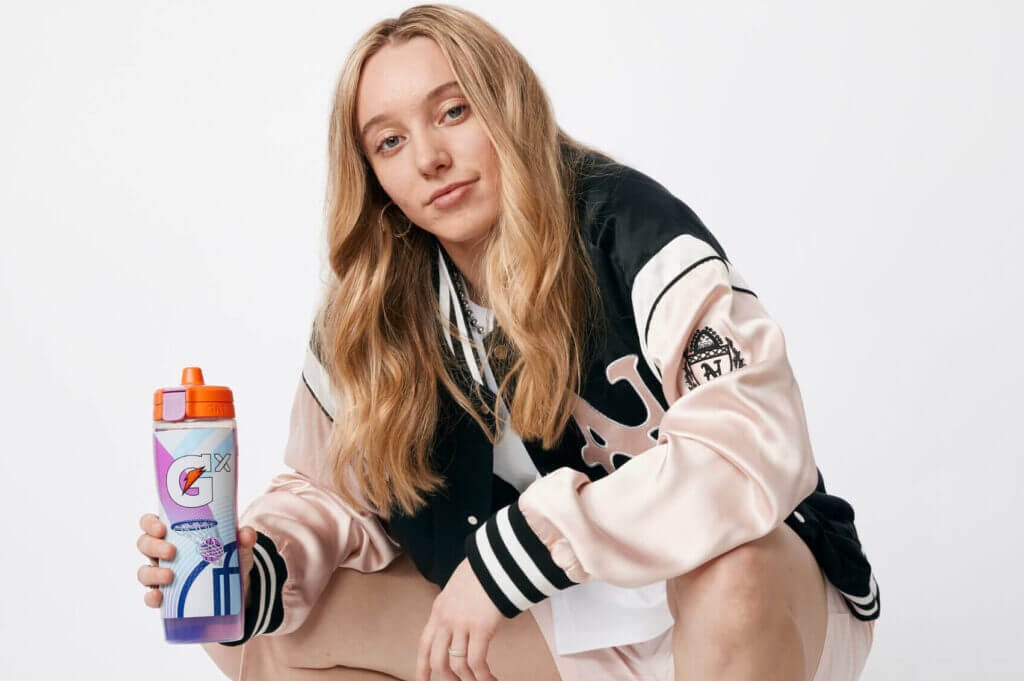
Have one and you’ll do solid. Have both (social media + top college talent) and you’ll make a boatload.
The traditional path of an athlete:
1. Sign NIL deals — with collectives and/or brands
2. Earn equity in companies — more upside than just an endorsement
3. Start their own businesses — clothing is a typical first venture
4. Invest in companies — use capital, network, and social media following to get good deal flow
The best deals for athletes often include both equity and sponsorship money.
Some college athletes who have nailed this model:
- Caleb Williams USC QB
- Sean Clifford Penn State QB
- Paige Bueckers UConn WBB
- Cavinder Twins UMiami WBB
How Athletes Sign a NIL Deal
1. On a marketplace
There are loads of NIL marketplaces that connect athletes with brands.
Athletes are able to connect their social media accounts and find companies looking for sponsorships.
Just like you go to Craigslist looking for a new couch, athletes can go to a marketplace looking for a brand deal (and vice versa).
2. With an agent
Athletes with thousands of social media followers (or pro-level talent) need agents to manage their deal flow, negotiate, and find the right partners.
Agents aren’t necessary for 98% of athletes (and a lot of them aren’t actively searching for deals so it’s not worth the costs).
You’ll know when you need an agent, as you’ll be receiving too many messages and inquiries from companies.
3. Through connections
The better (and bigger) your network the more deals will fall your way.
Schools and their respective NIL collectives sometimes bring team-wide deals that athletes can opt in to.
NIL Collectives/Trusts
NIL collectives are booster and fan-funded organizations set up to raise money that is then used to legally pay college athletes (mostly men’s basketball and football).
There are 3 types:
1. Matchmaker NIL Collectives
These collectives help facilitate deals between athletes and businesses.
“Matchmakers” are acting as marketplaces, or even agents in some instances, helping connect the athletes and businesses wanting to do NIL deals.
2. Donor NIL Collectives
This type of collective is pooling booster/fan/supporter money and using it to do its own NIL deals with athletes.
These collectives are essentially “washing” donor money, allowing it to be paid to a school’s athletes in an NCAA bylaw-compliant manner.
3. The Dual Collectives
Some of the NIL collectives are performing both functions: “matchmaker” and “donor”.
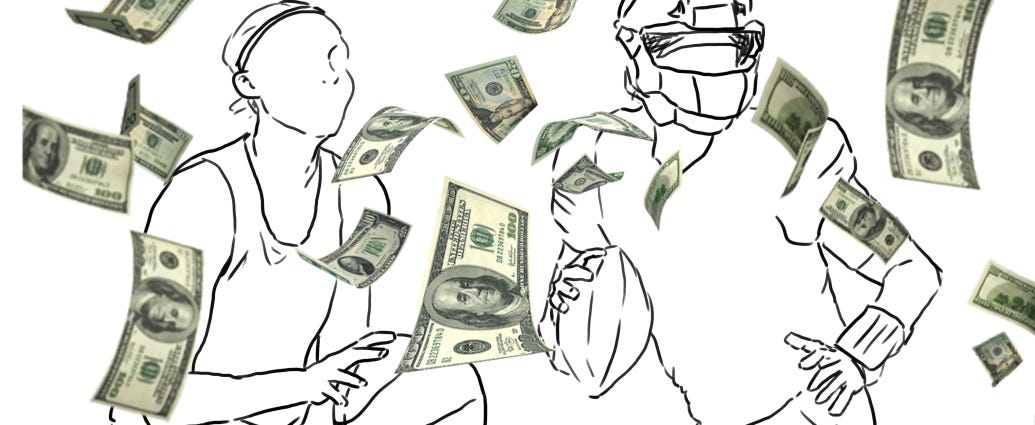
The big question with collectives is whether at some point the NCAA is going to attempt to shut down ones that are performing the second function of “donor”.
The only thing stopping collectives from running rampant are the schools themselves.
If they see too much money going to collectives (for paying athletes), rather than being donated to traditional athletic department ventures (facility upgrades), they may step in.
Collectives Summary
Nearly every Power 5 school has at least one collective/trust organized (most have multiple).
Collectives at big state schools like UMiami, Texas A&M, and Tennessee are paying millions of dollars to the players.
They can do this because of their large fanbases, but more importantly because of wealthy alumni willing to pay for top talent.
NIL Solutions
Since going live in July 2021, NIL has seen a gold rush — thousands of new agents, lawyers, companies, and so-called experts.
This has left athletic departments, families, and everyone else trying to figure it out on the fly.
Here are some of the companies/solutions:
1. Marketplaces
Connecting brands and athletes together, through a central platform.
We’re starting to see these NIL marketplaces shift to other models:
- athletic department focused solutions
- large-scale agencies (they manage campaigns for brands)
2. Creative Agencies
Partner with athletes, collectives, or athletic departments to help with content production and boosting their digital presence.
3. Education
Companies that provide education around NIL for athletes and athletic departments. B2B is usually the model here.
There are people/companies that fall into many niches here. Some only focus on NIL x Web3, others on helping athletes grow social media, and so on.
4. Blockchain-Fueled
Using web3 technologies to keep everything transparent and compliant.
Can be used as a marketplace, ticketing, or other solution for athletic departments.
NFTs tend to be the central utility here.
5. Representation/Talent Agencies
A typical athlete-agent relationship where the representative (usually a lawyer by trade) earns 10-20% of the deal.
Can be more on the marketing side (brand deals) or on the collective side (playing contracts).
6. One-Off Tools
I label these as anything that help support the industry. Most of these are small companies that do something really well.
Some examples include:
- valuation scores – how much an athlete is worth according to their algorithm
- influencer marketing tools – help athletes grow their social media
- data – additional insights for relevant parties
- selling marketplaces – help athletes sell old gear or release their own apparel
- networking – connecting parties to each other
7. Media Companies
There are NIL-focused reporting sites out there. They talk about the major news, trends, and deals.
8. Licensing
You mostly see this around apparel, such as getting athletes’ names on the back of school jerseys.
NIL Going Forward
We’re still in the early innings of name, image, and likeness.
Half of the states prohibit high school athletes from doing deals and international athletes risk losing their Visa for engaging in NIL activities.
In 5 years, NIL will look completely different.
Everyone is still in the process of figuring it out (and legislation is still in motion).
I expect 2023 to be a big year…
- consolidation on the company side
- more clarity and legislation brought forward
- NCAA involvement/crackdowns
- brands bumping up their NIL budgets
- athletic departments bringing more in-house
- pro-sport like contracts in MBB and football
The hype of NIL is slowly starting to fade out.
It’s just a part of college sports now — just like paying athletes millions and signing them to endorsement deals is a part of the pros.
Fun times are ahead.
